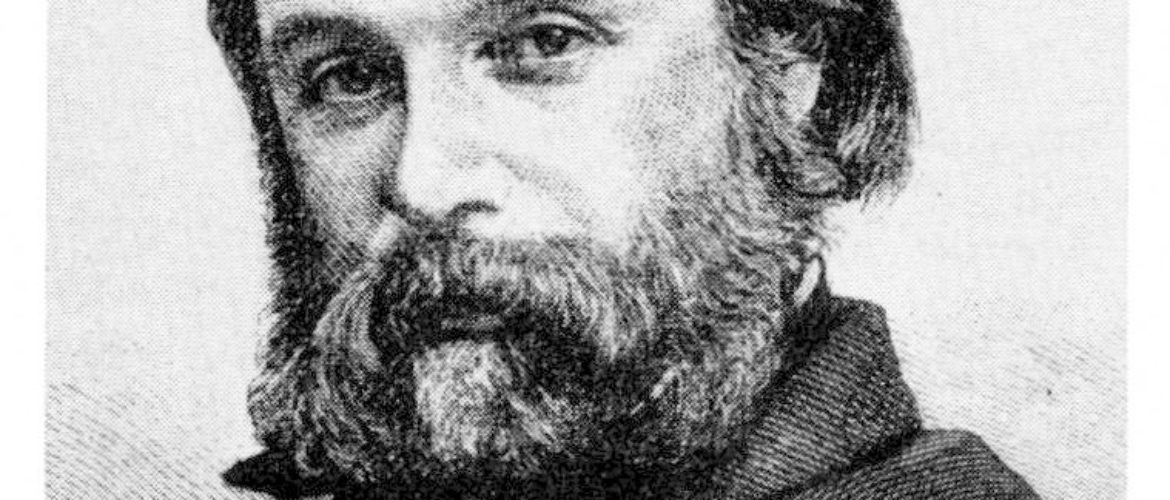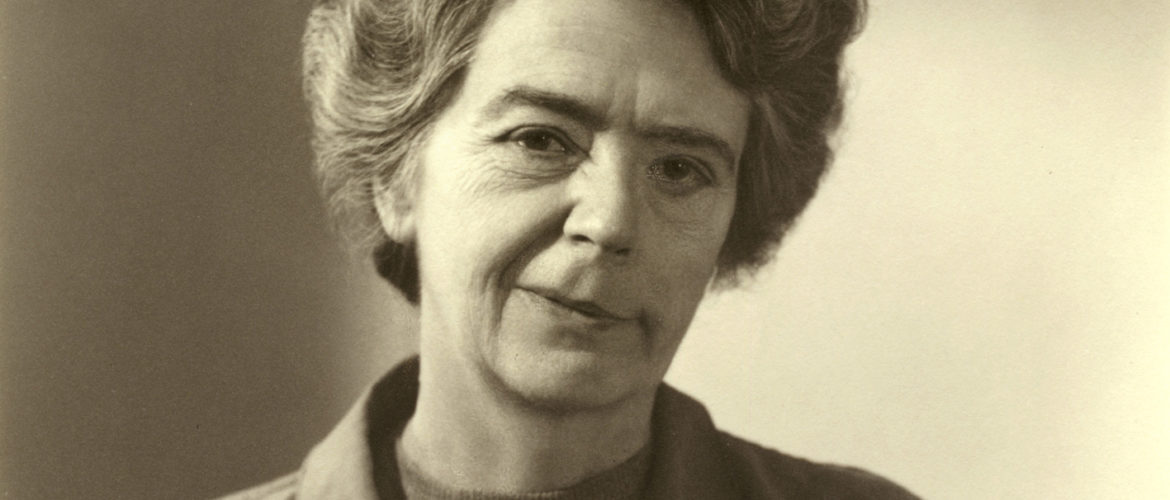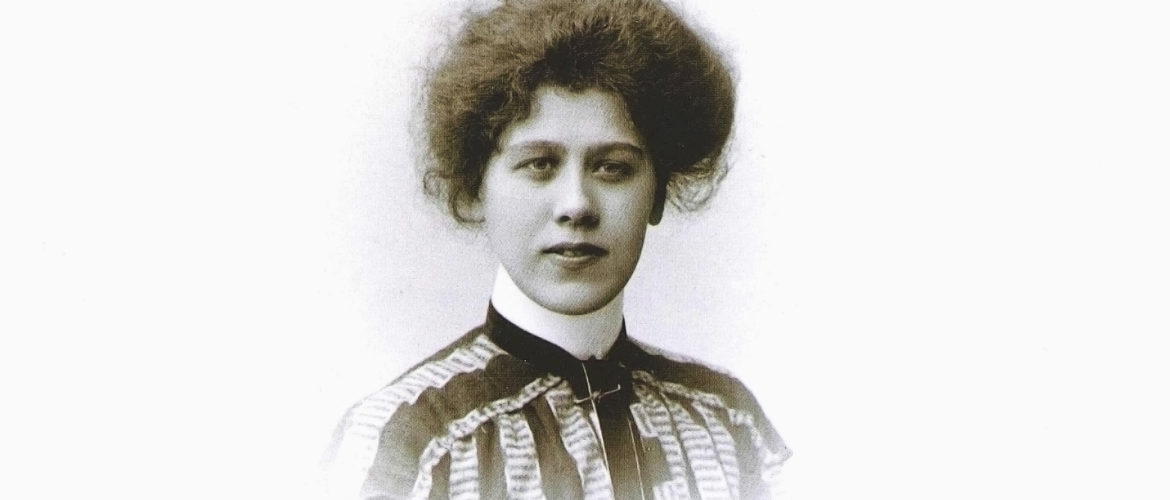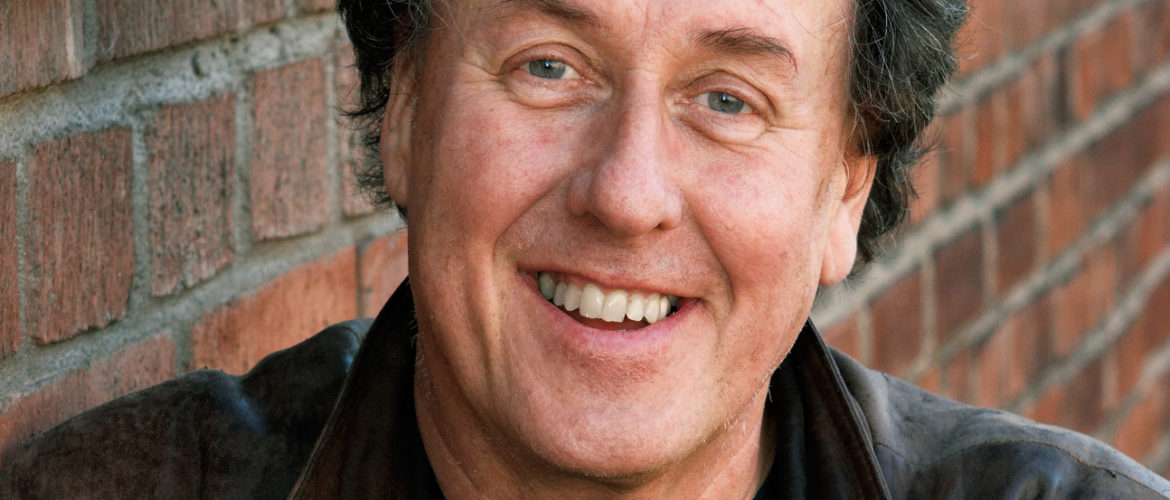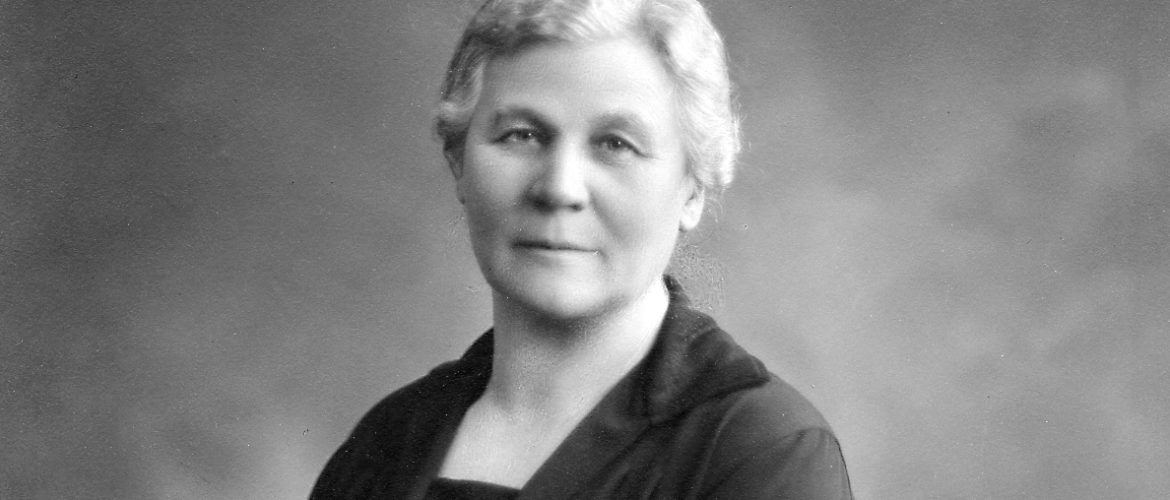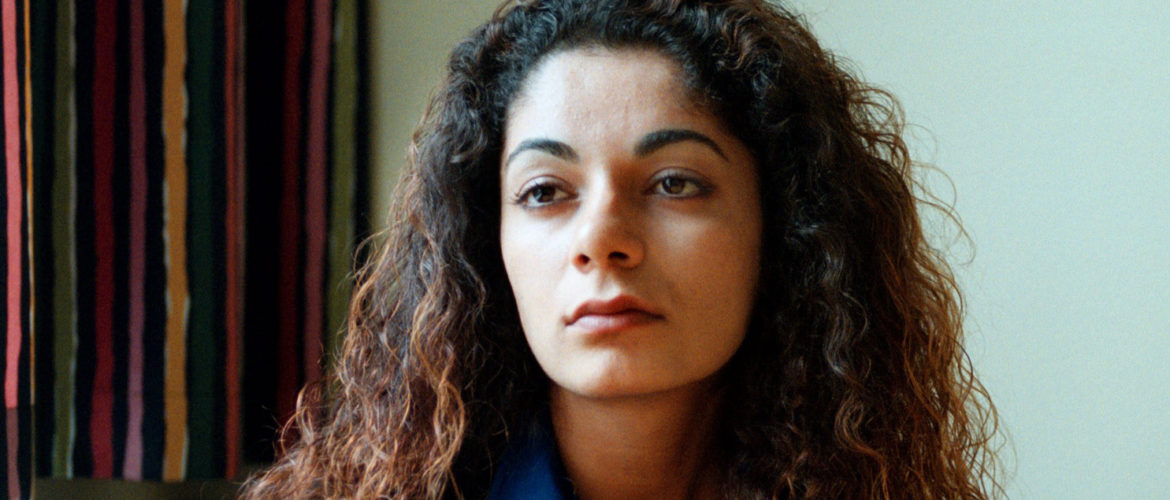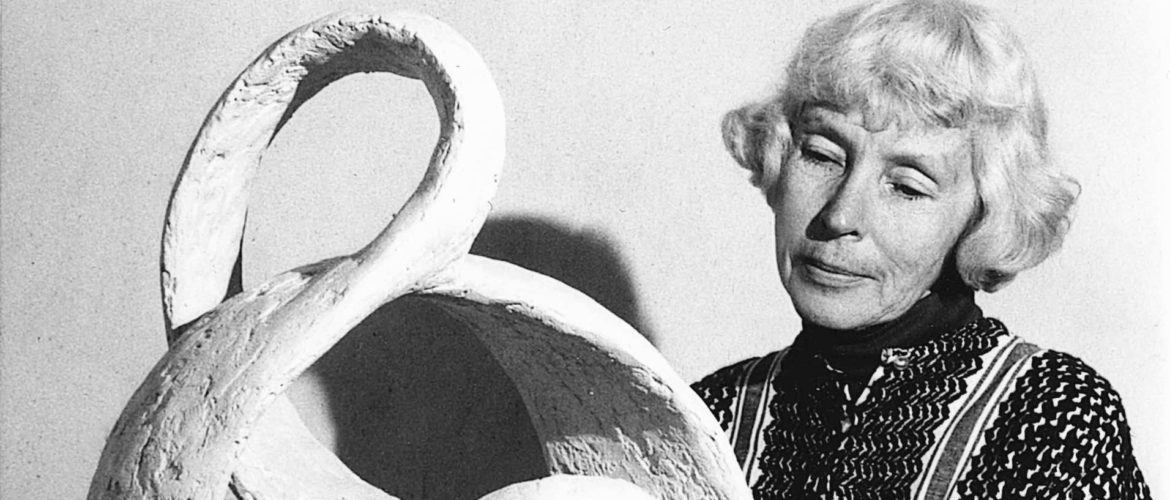1825-1881.
Author, pomologist.
Olof Eneroth is considered a pioneer in Swedish horticulture and has been called "the father of Swedish pomology".
In his horticulture, Eneroth devoted himself to the study of different apple varieties. As director of the Swedish Horticultural Society's school and its gardens between 1858-1863, he worked for the development of the art of gardening and for the introduction of gardening as a subject at folk schools, seminaries and agricultural schools.
In 1864-1866 Eneroth published Handbok i svensk pomologi.
He also advocated good public education in a general public school, and in his work Om folkskolan i Sverige (1863-1869) he developed his ideas further.
Eneroth bequeathed a substantial sum of money to Stockholm University for the establishment of a professorship in pedagogy.
Burial site: 0115-0818
Image description: Olof Eneroth, woodcut. Photo: Swedish Biographical Dictionary / National ArchivesThe image is cropped]
Click here for an uncropped image

